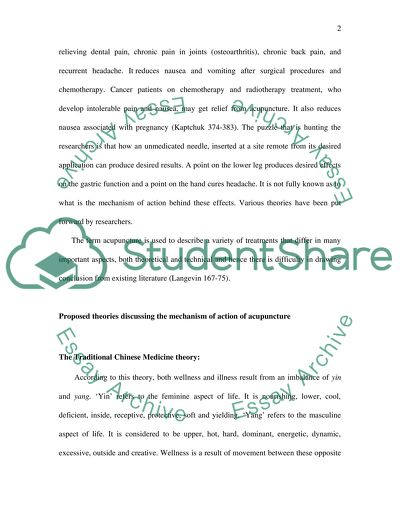Cite this document
(Mechanistic Basis of Acupuncture Literature review, n.d.)
Mechanistic Basis of Acupuncture Literature review. Retrieved from https://studentshare.org/medical-science/1541627-the-mechanistic-basis-of-acupuncture
Mechanistic Basis of Acupuncture Literature review. Retrieved from https://studentshare.org/medical-science/1541627-the-mechanistic-basis-of-acupuncture
(Mechanistic Basis of Acupuncture Literature Review)
Mechanistic Basis of Acupuncture Literature Review. https://studentshare.org/medical-science/1541627-the-mechanistic-basis-of-acupuncture.
Mechanistic Basis of Acupuncture Literature Review. https://studentshare.org/medical-science/1541627-the-mechanistic-basis-of-acupuncture.
“Mechanistic Basis of Acupuncture Literature Review”, n.d. https://studentshare.org/medical-science/1541627-the-mechanistic-basis-of-acupuncture.


